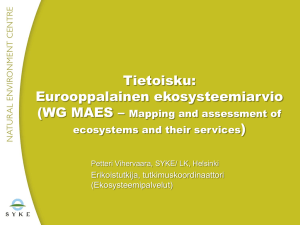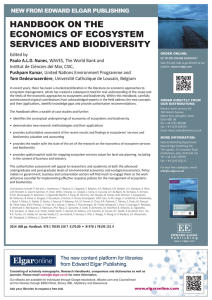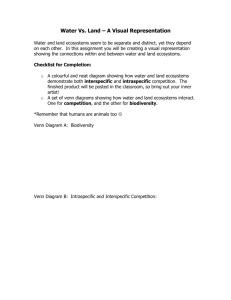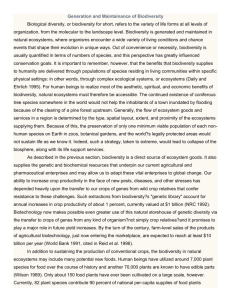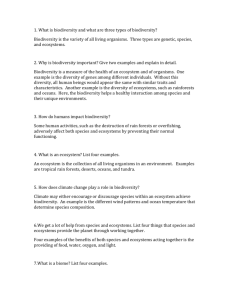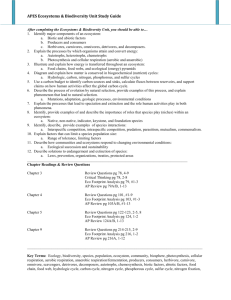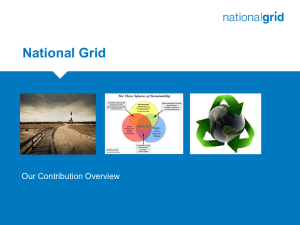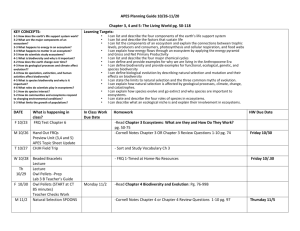File
advertisement
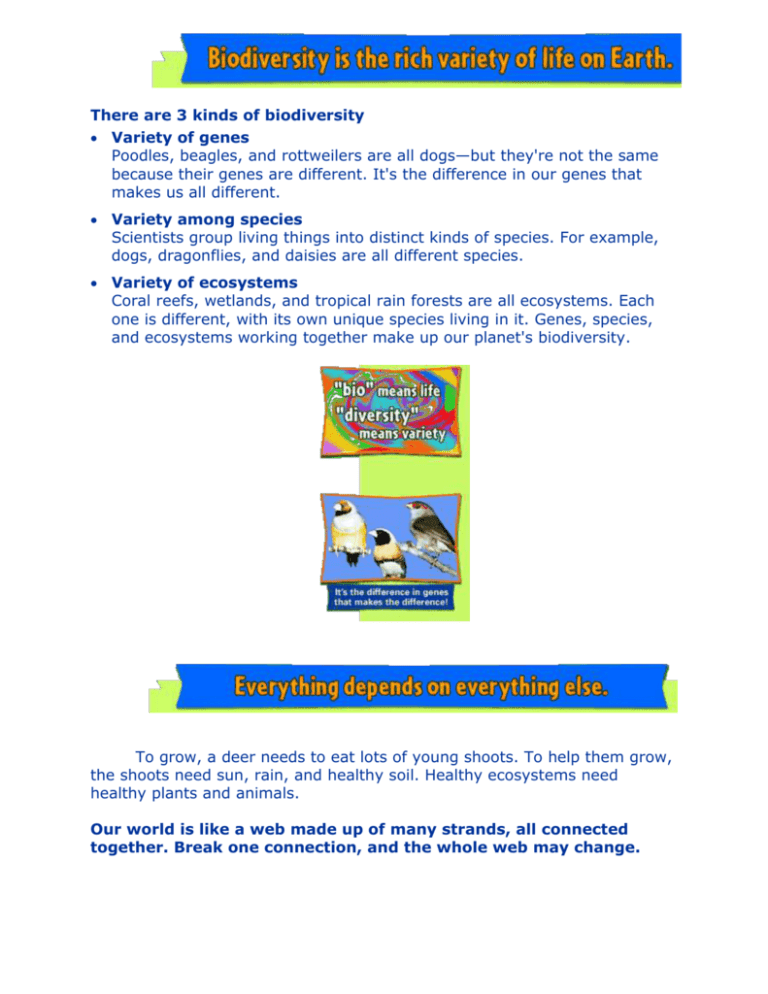
There are 3 kinds of biodiversity Variety of genes Poodles, beagles, and rottweilers are all dogs—but they're not the same because their genes are different. It's the difference in our genes that makes us all different. Variety among species Scientists group living things into distinct kinds of species. For example, dogs, dragonflies, and daisies are all different species. Variety of ecosystems Coral reefs, wetlands, and tropical rain forests are all ecosystems. Each one is different, with its own unique species living in it. Genes, species, and ecosystems working together make up our planet's biodiversity. To grow, a deer needs to eat lots of young shoots. To help them grow, the shoots need sun, rain, and healthy soil. Healthy ecosystems need healthy plants and animals. Our world is like a web made up of many strands, all connected together. Break one connection, and the whole web may change. We get a lot of help from species and ecosystems. They: provide our food make oxygen clean our water control disease give us medicine recycle dead stuff And biodiversity makes us happy! Who doesn't feel better after visiting a zoo, going for a walk in nature, or enjoying their garden? Nature's diversity makes us write poems, draw pictures, and fall in love! Remember the dinosaurs? They were part of a mass extinction. There's nothing unusual or unnatural about extinction. It's part of life's history. Even mass extinctions have happened before. Today, we are in another period of mass extinction mostly because of human activities. Scientists have identified around 1.75 million species on Earth, but there are millions still unidentified. Some species might hold the secret to medical cures—but if they disappear, how will we ever know? We're only beginning to understand how complicated all living relationships are! More people always wanting more has a BIG effect on biodiversity. The Earth's population is growing very fast. We use up valuable resources—wood and other plants, fish and other animals—faster than they can be replaced. Habitats get lost as we take over land for homes, factories, and farms. We overuse pesticides and fertilizers, polluting our rivers, lakes, and oceans. As we move around, we disturb the balance of ecosystems and we introduce species from other places. Some, like gypsy moths, kudzu, and zebra mussels, push out native species. Laws like the Endangered Species Act in the U.S. protect endangered species—animals or plants that are in danger of becoming extinct. Scientists work with others to restore ecosystems like prairies and forests. And as they come back to health, the species that live in them return. Many ecotourist vacations protect biodiversity and give local people jobs. Get involved! You can do a lot to help preserve biodiversity . Learn everything you can about animals and plants in your neighborhood, and share what you learn with others. Join a project to plant trees, clean local rivers, or tidy highways. Shop at a local farmers market. Reduce, reuse, recycle! Think before you use extra lights. Organize a clothes swap with a bunch of friends. Consider what you buy—be an environment-friendly shopper! Make sure you and your family recycle everything you can.


